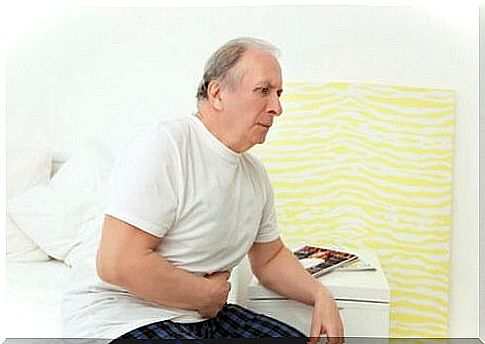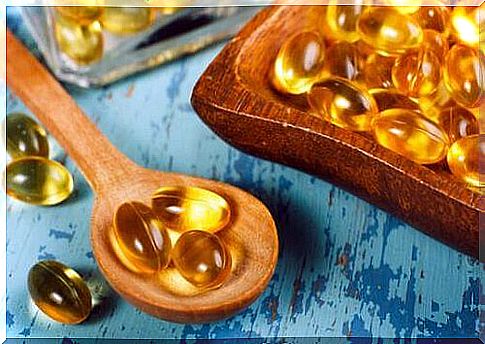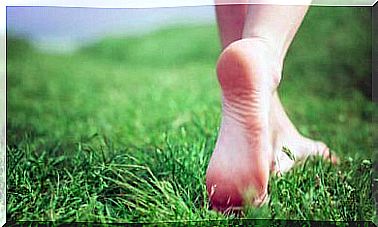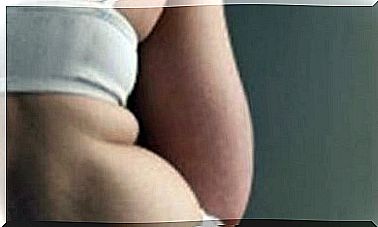Can You Have Too Much Vitamin D? Yes, It Is Possible, Watch Out For These Symptoms:

Vitamin D is an essential ingredient in our diet. It helps, among others protect against cardiovascular diseases, diabetes and even cancer. Although its deficiency is harmful to health, its excess can also have side effects, so be careful with supplements of this vitamin.
Taking supplements should always be preceded by consultation with a doctor or nutritionist, otherwise it is easy to take a dose that is too high for the body. Find out how your body reacts when vitamin D is taken in too much of it.
Many people reach for supplements, forgetting that most of the essential vitamins and minerals that our body needs are taken in with food.
Some, however, are deficient in this extremely important vitamin, which requires them to take special measures. Unfortunately, very often it is done without consulting a doctor, which makes it easy to poison the human body. Find out what symptoms indicate excess vitamin D in the body.
Vitamin D – poisoning

Vitamin D does not dissolve in water, so it is difficult for our body to remove any excess.
When the level of this vitamin becomes too high, it begins to act as steroid hormones and accumulates mainly in protein receptors and carriers, which interferes with their function.
Here are some of the symptoms that can occur when you have too much vitamin D in your body:
- Nausea and vomiting
- Constipation
- Pain in muscles and bones
- Depressed mood and depression
- Problems with concentration
Vitamin D is essential for the functioning of the human body, but its daily dose should not exceed 4,000 IU. If we do not take supplements, the probability of exceeding this limit is very small.
Vitamin D poisoning occurs when the blood shows the presence of more than 150 ng / ml (i.e. 375 nmol / l) of this vitamin.
Fortunately, almost all vitamin D poisoning can be quickly cured. It is also rare for arterial calcification or renal failure.

Sometimes an overstated vitamin D level has no visible effect on your health. In some situations, however, it can cause symptoms such as:
- Hypercalcemia
- Nausea and vomiting
- Constipation
- Weakness
- Mood swings
- Increased blood pressure
- Kidney failure
- Hearing impairment
How to cleanse the body of excess vitamin D.
- First, see your doctor. He will refer you to blood tests to determine what is causing your malaise and whether the vitamin D in your body is actually exceeding the recommended limits.
- If you have an excess of vitamin D, first stop taking any supplements that contain it. While you can theoretically take up to 10,000 IU of vitamin D per day in the form of supplements, it is safest not to exceed 700 IU for both children and adults, especially the elderly.
- Pay attention to how much vitamin D you take in the form of food. Also, remember that the more time you spend in the sun, the higher your body’s production of this vitamin, so you don’t need to take supplements at all.
- Analyze the composition of the consumed products. Fish, legumes, fortified milk and orange juice provide between 600 and 1,000 IU per serving. If you eat these foods and spend time in the sun, you probably don’t need to worry about vitamin D deficiency.

- If your blood tests show that your vitamin D levels are high, limit your intake of foods that contain high levels of calcium.
- Introduce more sodium-rich foods into your diet, and be sure to drink plenty of fluids.
It is worth emphasizing that the excess of vitamin D in the body does not give immediate symptoms. Sometimes it takes years for the first symptoms of this disorder to appear. Therefore, everyone should remember to have regular blood tests and be aware of the symptoms associated with vitamin D poisoning.









